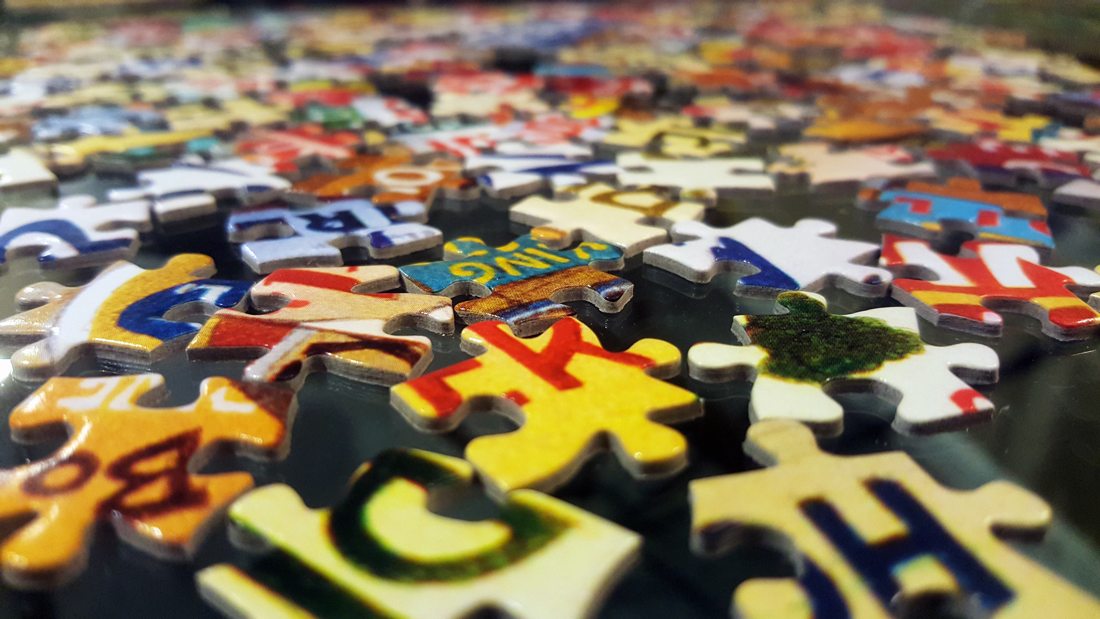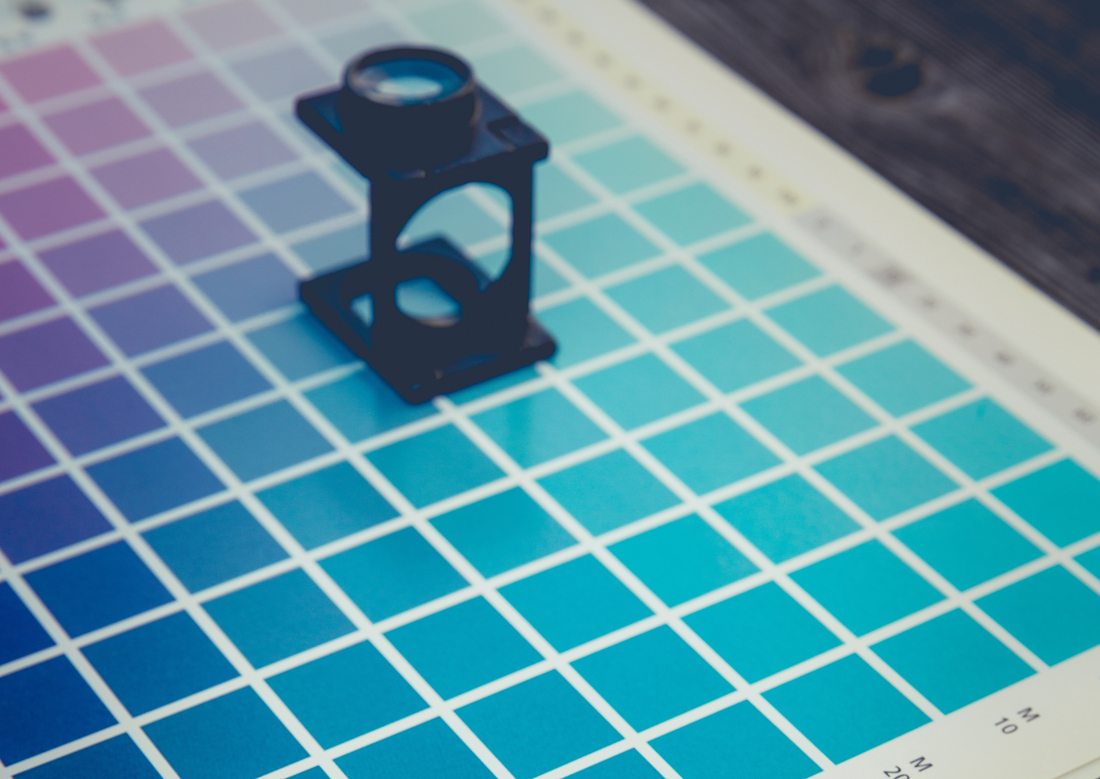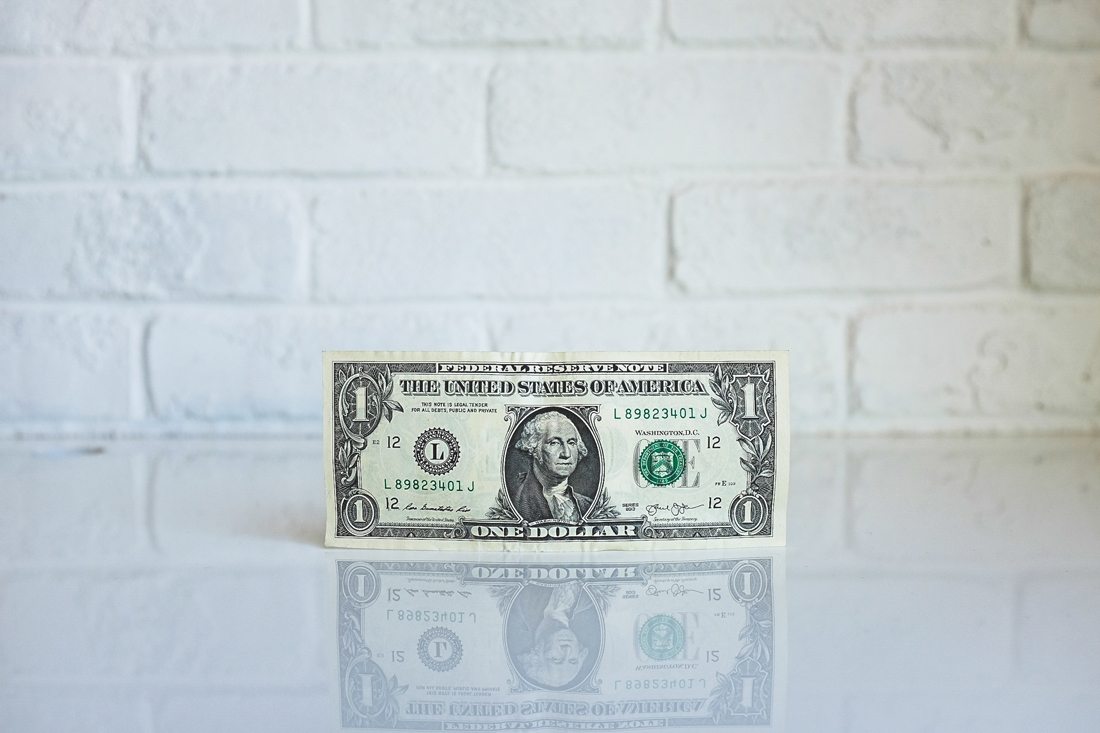7 Ways to Save Time as a Designer
“If only I had more time!” Do you hear yourself saying this about projects from time to time? (I know I’m guilty.) Time can be one of the biggest obstacles to getting more done as a freelance designer.
But you can find more time and get more done — and that’s good for your bottom line. We’re not going to bore you with theoretical advice. This is a set of practical tips and suggestions you can start thinking about right now!
The Ultimate Designer Toolkit: 2 Million+ Assets
Envato Elements gives you unlimited access to 2 million+ pro design resources, themes, templates, photos, graphics and more. Everything you'll ever need in your design resource toolkit.
1. Save Go-To Pieces

A library of favorite fonts, colors, user interface elements and code snippets are a design lifesaver. Remembering to curate a library as you go is the tricky part.
Keep a folder of parts that you love for quick access later. Think of how much time is wasted trying to remember which file that perfect red was assigned to or trying to remember which font had the perfect tail for an upcoming project.
Save parts in a native file as just pieces on an artboard. Store all the native files in a folder that you can access with ease. (I start a new parts file each year to account for changes in trends and my overall design taste.)
This is a great way to keep pieces that you like and might want to reuse or to recycle elements from a rejected mockup that looked great but didn’t fit a client’s taste or style.
2. Upgrade Your Computer

If your tools are inefficient you will be as well. An out of date computer can bog down your workflow if it doesn’t have the power to handle your software needs.
File sizes keep growing and you need a machine that can handle large files with ease, big software packages such as Adobe’s Creative Suite, allow for multiple programs to run concurrently and have a zippy internet connection.
Designers should consider upgrading equipment every three years or at the first sign of lag. (And for most freelancers, computer upgrades are a tax deduction!)
3. Turn Off Notifications

Forget multitasking. During dedicated work time turn off all the notifications from Snapchat, email and your phone. Put everything on airplane mode if you must.
Small distractions are productivity killers. You lose your train of thought, interrupt the design process and end up with a disjointed mess that you’ll have to clean up later. Plus, the time it takes to get back in the groove again is all wasted time.
Don’t think you are better than that and can multitask. Try turning everything off for a few days and you’ll find your work is actually better. Plus, you’ll save enough time to spend snapping or playing your favorite online game later.
4. Start With a Template

You do not have to start every project from scratch. I’m not going to tell you how to do your work, but why recreate the wheel with every new project?
It’s perfectly acceptable to start projects with a template. Jumpstart workflows with templates you have created – everyone should have a few of these – or by using a kit, such as a WordPress theme or collection of UI elements. You will save so much time with new projects if the frame is already there. (Size presets in InDesign and Photoshop are another time-saver!)
Just don’t get caught in the trap of using the template as is because you will end up with a bunch of copycat projects. The template should be a stripped-down version with a bunch of parts that are ready to go, not a fully designed layout.
5. Bookmark Tools

Create a folder of design tools that you love in-browser. Bookmark your favorite places to find stock photos, design elements, color palettes or fonts. Keep a folder of layouts you love to scroll though for inspiration later. Go as far as bookmarking specific elements that you want to use and haven’t had the opportunity to create with. (Just remember to delete bookmarks after you use them.)
The great thing about bookmarking is that you can do it even when you aren’t in design mode. You will see elements that you like everywhere and you should save those moments of inspiration when you have them.
If bookmarking in-browser doesn’t work for you, consider using a tool such as Evernote to keep track of design goodies. (This is a great tool for saving items and creating quick and easy mood boards for projects.)
6. Work During Off-Hours

Sometimes you can get your best work done when no one else is working. Whether you are an early bird or night owl, working a schedule that provides some hours for you to work when others aren’t can provide the distraction-free time you need to bang out projects at lightning speed.
To keep clients happy, just make sure that you have some hours that coincide with the normal work day. (I often plan “virtual office hours” when I return phone calls and emails and perform office tasks rather than design work. This separation helps me stay focused and get everything done quicker. Plus, clients come to expect you’ll be available during these time slots if you use them consistently.)
7. Automate Non-Design Tasks

Design freelancers know that the biggest time-sucks are all the non-design tasks – invoicing, client meetings, filing, etc. Automate as many of these tasks as you can to get that time back. (Remember, time is money.)
-
- Use time-tracking and invoicing software, such as Invoicely.
- Schedule social media posts. (Buffer and Hootsuite are great options.)
- Send emails at optimum times with a tool such as Boomerang.
- Keep track of your schedule with tools such as Todoist that integrate with your email and shared files.
- Hire a bookkeeper or CPA. There are some freelancers that work part-time just like you.
- Use auto-pay for bills and ordering.
Conclusion
While you won’t ever get more time in the day to work, streamlining processes, using the right combination of tools and eliminating distractions can make it feel like you have an extra hour every day. Every designer does things a little different, and there’s no shame in creating shortcuts to help you manage workflows as long as the quality of your work product does not suffer.
Freelancing 101 is an occasional series to help the increasing number of freelancers in the market. Whether you are a designer, writer, developer or wear multiple hats, we will share tips, resources and ideas to help you make the most of your small business. Is there something in particular you want to know? Let us know on Twitter @designshack.


